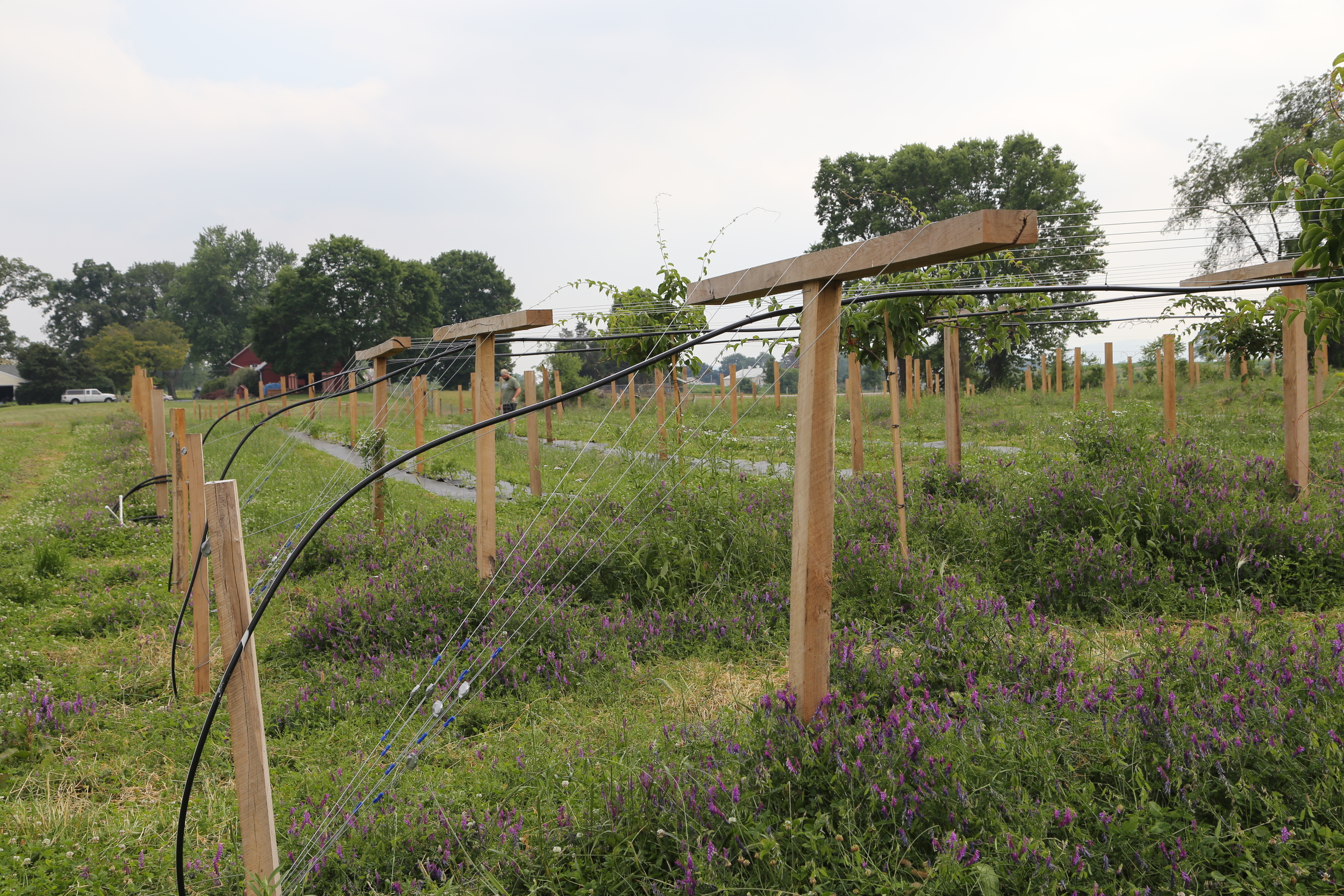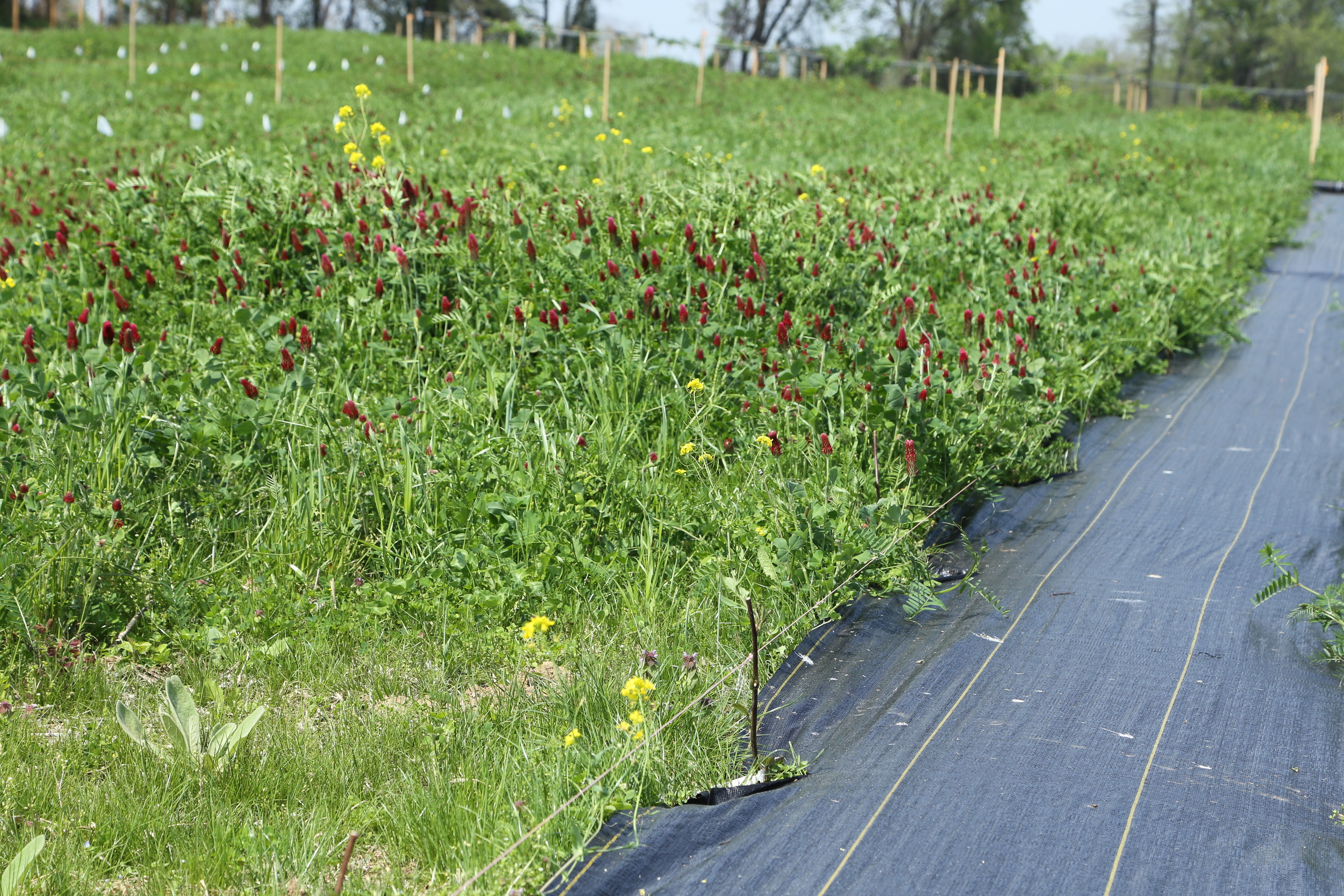Family Life Church Mission Trip 2016
/What a week! We can't help but smile thinking back on the week spent with the crew from Family Life Church at Cypress. Chris and Tori Pace, Family Life's pastor and his wife, led a hard-working crew of, at peak, 18 people through a week of projects on the farm last week. What did they get done? Tons!
I'll let the pictures do most of the talking but here are a few projects they completed during their time at our farm: clean out and fix up chicken coop, lay plastic for half of the new brambles, stake and trellis kiwis, install all fence braces, install half the new fencing, hang two fence gates, move boulders, weed and maintain the garden, fix up the nursery area, weed and move all potted plants, and harvest produce for New Hope Ministries.
Part of our mission statement is to serve our local community and donating produce to those in need has always been a dream of ours. After touring New Hope Ministries and learning about how they show the love of Jesus to people by meeting their physical needs, a bond was made! On two different days, the mission group got to serve at New Hope. We first harvested lettuce, kale, spinach and radishes - 22 pounds worth! Then we took it to the kitchen at New Hope, bagged everything in smaller bags, stocked the food pantry shelves, and then helped bag groceries for clients. It was such a full circle moment to see all of our hard work placed in the hands of people who needed a little extra help in a time of crisis. We can't wait for further partnership in the future!
With all that was done and all that went on I'm sure I'm forgetting something so forgive me. Needless to say it was a lot! And all of this while cooking meals (and making loads of sweet tea!) for twenty-plus folks and keeping our house cleaner than it is with its normal six occupants.
We were so impressed by hard-working, polite kids and their parents who worked long days in weather ranging from 50s and rainy and chilly to 90s and quite warm. It was an experience we'll never forget and we really hated to see them go. They demonstrated their love of Christ by selflessly serving our little farm. We only hope we can have the same spirit in giving back a portion of what was given to us over the past week.
Kari and crew hard at work putting down plastic. This was certainly one of the most trying jobs and we appreciated all that was done.
The fencing crew working on the back rocky stretch of fence. This one went through a rocky hill, between trees, and down a hill. Took us all day but it was worth it to see it done.
Many hands make light work. Moving and placing pots is a whole lot easier with a crew. Over the course of a couple evenings we got all of the pots placed and plugged in to irrigation.
The garden looks better than ever. Tomatoes staked, beds weeded, old crops pulled and new ones sown.
Looking across the mulched rows. Woven plastic will suppress weeds and allow the new planting to grow competition-free.
Looking down across a newly fenced area. Soon we'll let the goats loose here to clean it out.
Newly trellised and staked kiwi vines look so neat and tidy.























